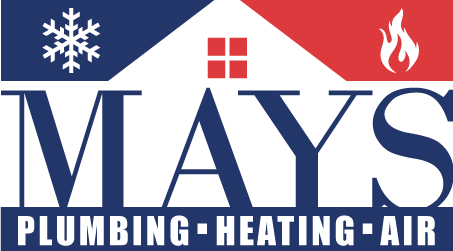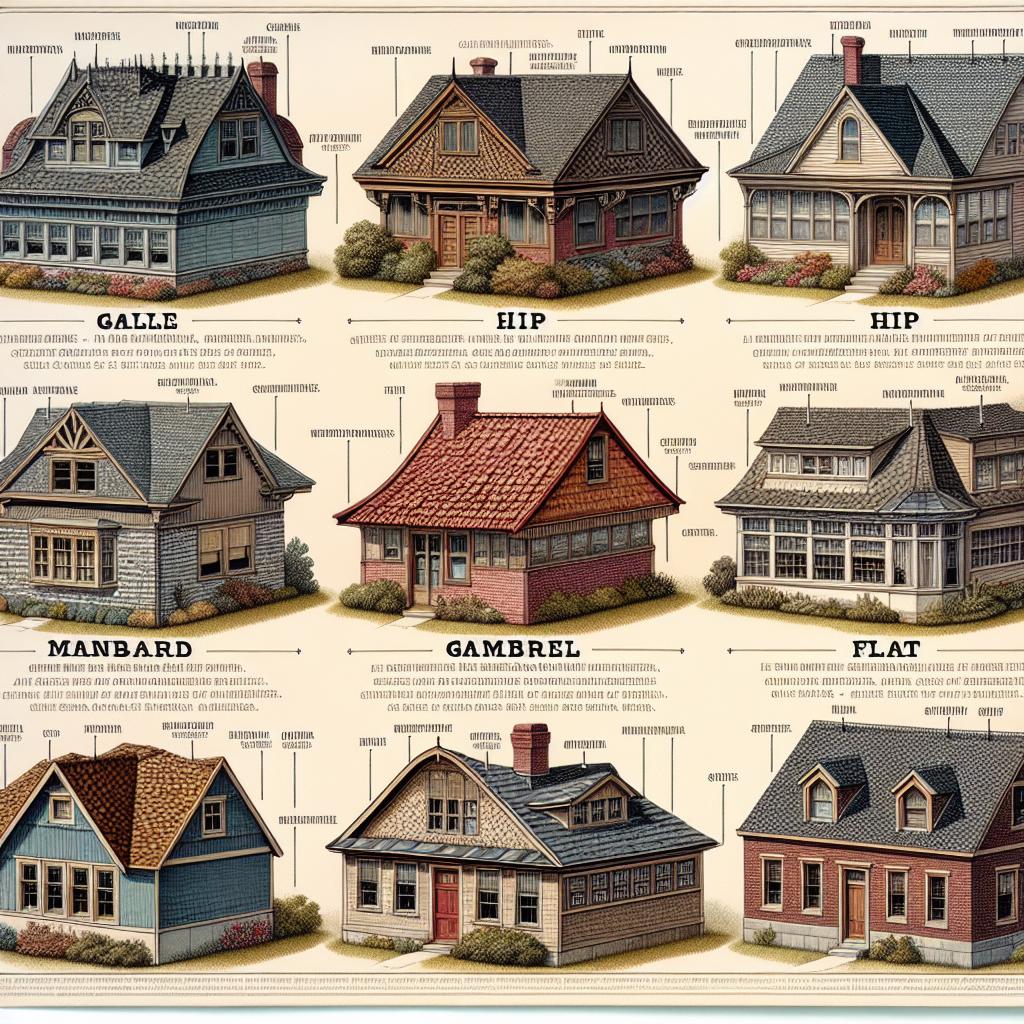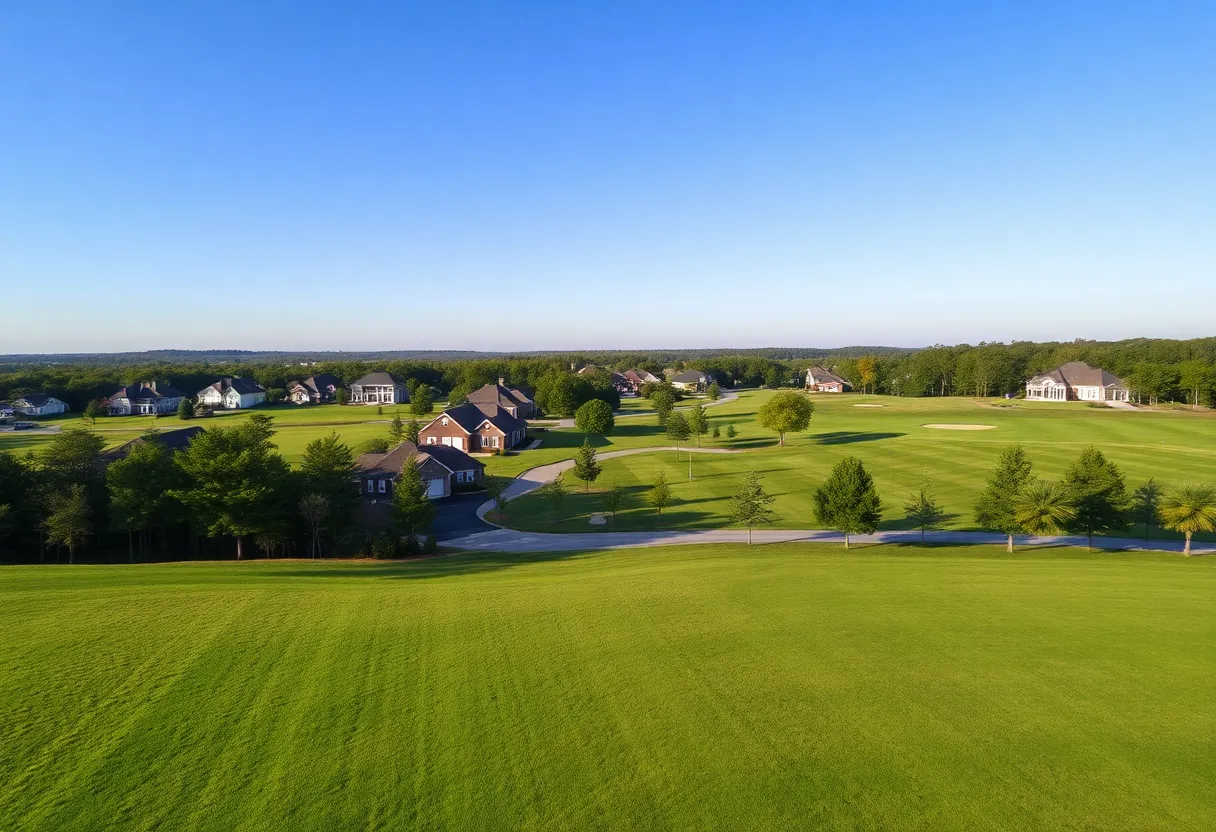How to Identify the Best Roofing Style for Your Home’s Architecture
Choosing the right roofing style is critical in enhancing your home’s overall architecture. The roof is not merely a protective barrier; it significantly influences the aesthetic appeal, energy efficiency, and functionality of a property. This guide will help you navigate the various roofing styles and align them with your home’s architectural design.
Understanding Architectural Styles
Before diving into roofing styles, it’s essential to understand your home’s architectural style. The architecture dictates necessary elements, including roof pitch, material choices, and design features. Common architectural styles include:
- Colonial: Characterized by symmetry and square shape, often with a steep gable roof.
- Victorian: Known for complex roof shapes, including multiple gables and decorative elements.
- Modern: Features clean lines with flat or shed roofs, emphasizing minimalism.
- Ranch: Characterized by low roofs and wide eaves, typically single-story.
Key Factors for Considering Roofing Styles
1. Architectural Integrity
When selecting a roofing style, it’s crucial to maintain the architectural integrity of your home. This means opting for materials and designs that complement existing features. For instance, a steeply pitched roof fits well with a traditional Colonial home, while a flat roof suits contemporary designs.
2. Climate Adaptability
Consider your local climate when choosing a roof style. Different roofing materials perform differently under various weather conditions. For example:
- Asphalt shingles work well in mild climates.
- Metal roofs are excellent for areas with heavy snow due to their ability to shed snow easily.
- Tiled roofs are ideal for warmer climates, providing excellent insulation and durability.
3. Maintenance Requirements
Each roofing style also has specific maintenance requirements. Consider how much time and resources you are willing to invest in upkeep. For example:
- Thatched roofing may require frequent repairs but offers historical charm.
- Slate roofs are very durable but can be expensive to fix.
Popular Roofing Styles Explained
1. Gable Roof
The gable roof is one of the most common and simple roofing styles. With two sloping sides meeting at a peak, it is efficient at shedding water and snow. This style suits various architectural designs, especially traditional homes.
2. Hip Roof
The hip roof slopes downwards on all sides, offering better stability against strong winds. It pairs well with contemporary and ranch-style homes, providing additional roof space for features like dormers.
3. Mansard Roof
The mansard roof features four slopes, two on each side, promoting extra living space. This style fits elegantly with Victorian and French-inspired homes, where aesthetics and functionality work hand in hand.
4. Saltbox Roof
The saltbox roof is asymmetrical, one side longer than the other. This style embodies simplicity and charm and is often associated with Colonial architecture. It effectively sheds rain and snow while offering a unique appeal.
5. Flat Roof
Flat roofs are typically found in modern architecture. While they offer a distinctive aesthetic, they can pose challenges related to drainage. Proper design and material selection can mitigate these issues, making flat roofs ideal for urban environments.
6. Shed Roof
The shed roof is a single-pitched structure, typically seen in modern homes and outbuildings. It provides ample ceiling height while allowing efficient water runoff. This style is often complemented by large windows and open spaces.
Material Considerations
The choice of roofing material is as crucial as the style itself. Here are some popular roofing materials and their best use cases:
1. Asphalt Shingles
Asphalt shingles are versatile, affordable, and widely used across various architectural styles. Their availability in different colors makes them a great choice for homeowners who want an aesthetic match.
2. Metal Roofing
Metal roofing delivers durability and requires minimal maintenance. Available in styles that mimic traditional shingles or sleek modern panels, metal roofing works well with contemporary designs and eco-sensitive homes.
3. Slate and Tile
Slate and clay tiles offer durability and a classic aesthetic. Typically used in Mediterranean or high-end homes, these materials boost energy efficiency and longevity too.
Assessing Your Property
1. Neighborhood Design
Evaluate the surrounding neighborhood. A uniform look not only maintains property values but also respects the local aesthetic. Striking the right balance between uniqueness and conformity can significantly add to your home’s appeal.
2. Home Features
Consider existing features. Chimneys, skylights, or dormers can influence your roofing choices. A roofing style that works around these features effectively can enhance both functionality and appearance.
3. Budget Constraints
A comprehensive budget analysis is pivotal. Roofing materials and styles vary widely in cost. High-end materials might cater to aesthetics but could strain your budget. Balance quality with financial feasibility for the best outcome.
Consulting Professionals
Once you identify potential roofing styles, consult with roofing professionals. Their expertise can provide insights into:
- Structural considerations
- Best material options
- Regional building codes and restrictions
Collaborating with seasoned experts helps ensure that your selected roofing style complements your home’s architecture beautifully and sustainably.
Conclusion
Choosing the best roofing style for your home is a blend of aesthetic preference, material capability, local climate, and practical considerations. By recognizing your home’s architectural style and aligning it with complementary roofing options, you can enhance both its beauty and functionality. Always conduct thorough research, evaluate your property’s unique aspects, and engage professionals to guide you in making the most informed decision.
Author: STAFF HERE Chapin
CHAPIN STAFF WRITER The CHAPIN STAFF WRITER represents the experienced team at HEREchapin.com, your go-to source for actionable local news and information in Chapin, Lexington County, and beyond. Specializing in "news you can use," we cover essential topics like product reviews for personal and business needs, local business directories, politics, real estate trends, neighborhood insights, and state news affecting the area—with deep expertise drawn from years of dedicated reporting and strong community input, including local press releases and business updates. We deliver top reporting on high-value events such as the Chapin Christmas Parade, Fourth of July Celebration, and the Chapin Fall Festival. Our coverage extends to key organizations like the Chapin Chamber of Commerce and the Lexington School District One, plus leading businesses in retail and recreation that power the local economy such as Lake Murray Tourism and the Chapin Visitor Information. As part of the broader HERE network, including HEREaiken.com, HEREbeaufort.com, HEREchapin.com, HEREcharleston.com, HEREclinton.com, HEREcolumbia.com, HEREgeorgetown.com, HEREgreenwood.com, HEREgreenville.com, HEREhiltonhead.com, HEREirmo.com, HEREmyrtlebeach.com, HEREnewberry.com, HERErockhill.com, HEREspartanburg.com, HEREaustin.com, HEREcollegestation.com, HEREdallas.com, HEREhouston.com, and HEREsanantonio.com, we provide comprehensive, credible insights into South Carolina's dynamic landscape.




 Mays Contracting
Mays Contracting

